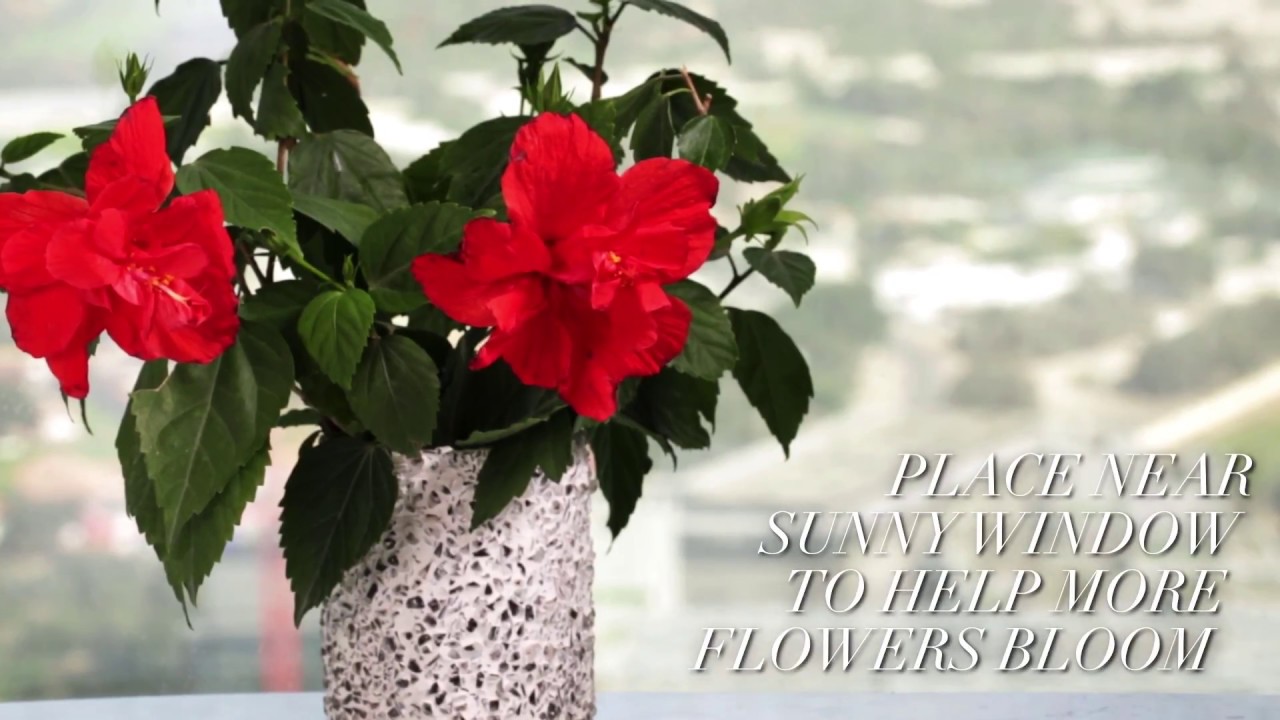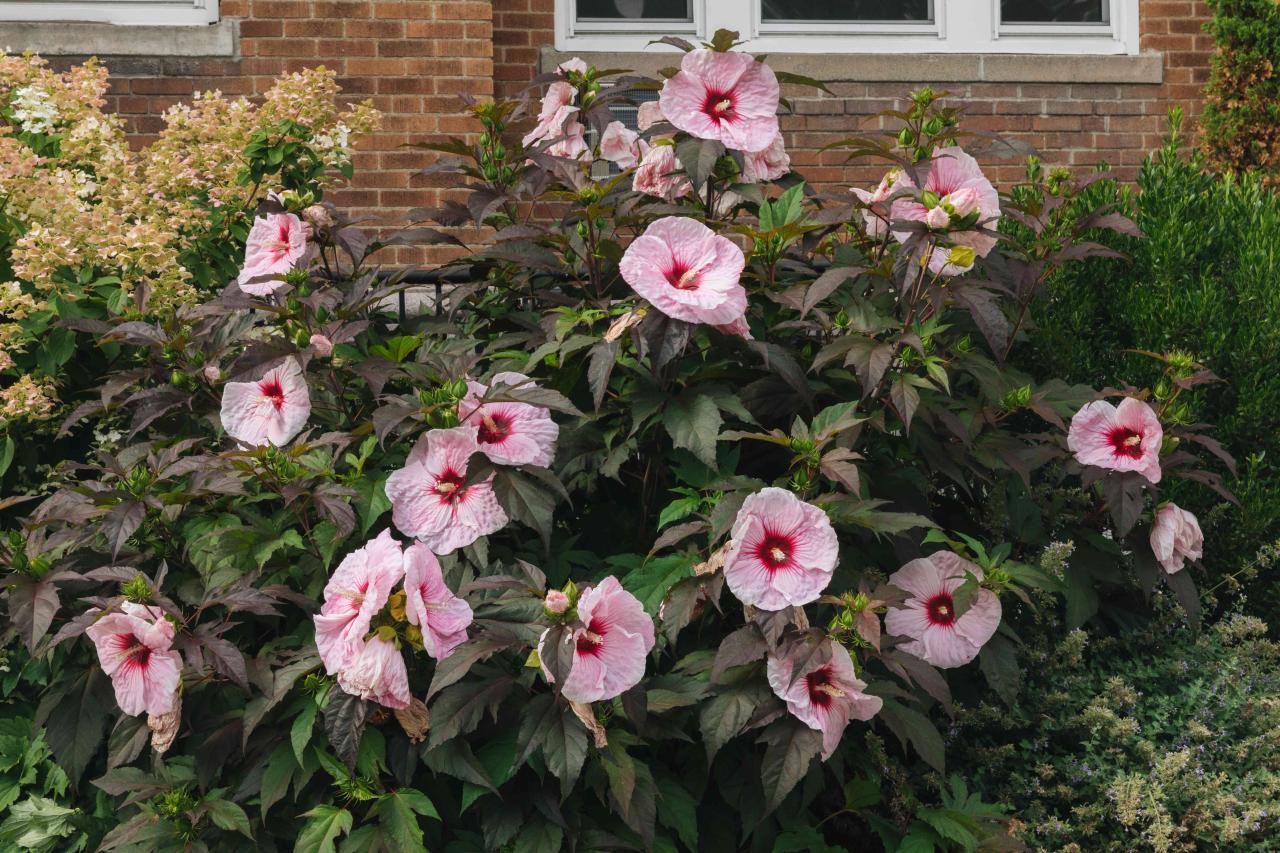How To Grow Hibiscus Indoors – Growing hibiscus indoors can be a rewarding experience, as these vibrant plants bring a tropical feel to your living space. With their large, colorful blooms, hibiscus is known for its ability to brighten up any room. In this comprehensive guide, we’ll explore the essential steps to successfully cultivate hibiscus indoors, from selecting the right variety to providing optimal care. Let’s dive into the world of indoor hibiscus gardening! 🌺
Choosing the Right Hibiscus Variety
Before you embark on your indoor hibiscus journey, it’s crucial to select the right variety. There are numerous types of hibiscus, but not all are suited for indoor growth. Here are some popular indoor varieties:
| Variety | Description | Flower Color |
|---|---|---|
| Hibiscus rosa-sinensis | Also known as Chinese hibiscus, this variety is popular for indoor growing due to its vibrant flowers and manageable size. | Red, pink, yellow, orange |
| Hibiscus sabdariffa | This variety produces edible flowers and is known as roselle. It’s perfect for those looking to grow hibiscus for culinary use. | Red, yellow |
| Hibiscus syriacus | Commonly referred to as Rose of Sharon, this variety can be grown indoors if given adequate light. | White, pink, lavender |
Essential Requirements for Indoor Hibiscus
To successfully grow hibiscus indoors, you’ll need to ensure that certain conditions are met:
Light Requirements, How To Grow Hibiscus Indoors

Hibiscus plants thrive in bright, indirect light. Ideally, they should receive 6-8 hours of sunlight daily. Here are some tips to provide adequate lighting:
– Placement: Place your hibiscus near a south or west-facing window.- Supplemental Lighting: If natural light is insufficient, consider using grow lights to supplement.
Temperature and Humidity

Hibiscus prefers warm temperatures and high humidity. Aim for the following conditions:
– Temperature: Keep your indoor environment between 60°F and 70°F (15°C to 21°C).- Humidity: Increase humidity by misting the leaves or placing a humidifier nearby. 🌬️> Important Note: Hibiscus plants are sensitive to drafts and sudden temperature changes. Keep them away from open windows and air conditioning vents.
Soil Requirements
The right soil mix is essential for healthy hibiscus growth. Use a well-draining potting mix that retains moisture without becoming soggy. A good mixture could include:
– Potting soil- Perlite- Peat moss
Planting and Repotting Your Hibiscus
Choosing the Right Pot
Select a pot that allows for proper drainage. A pot with drainage holes at the bottom will prevent water accumulation, which can lead to root rot. As a general guideline:
– Size: Start with a pot that is 10-12 inches in diameter.- Material: Terracotta pots are an excellent option as they help with moisture control.
Repotting Guidelines
Hibiscus should be repotted every 2-3 years or when the roots outgrow the current pot. Follow these steps:
1. Choose a new pot that is one size larger.2. Carefully remove the hibiscus from its current pot, gently loosening the roots.3. Place it in the new pot with fresh soil and water thoroughly.
Watering Your Indoor Hibiscus
Watering is a critical aspect of hibiscus care. Here’s how to ensure your plant gets the right amount of water:
– Water Frequency: Water when the top inch of soil feels dry. Generally, this means watering once a week.- Drainage: Always ensure that excess water drains out of the pot.🌿 Tip: During the growing season (spring and summer), you may need to water more frequently as the plant actively grows.
Fertilizing Your Hibiscus
To promote vibrant blooms and healthy foliage, regular fertilization is necessary. Use a balanced, water-soluble fertilizer every 4-6 weeks during the growing season. Look for fertilizers with equal N-P-K ratios such as 10-10-10 or 20-20-20.
Pest and Disease Management: How To Grow Hibiscus Indoors
Indoor hibiscus can be susceptible to pests like aphids, mealybugs, and spider mites. Monitor your plants regularly for any signs of infestation:
– Aphids: Look for small, green bugs on the leaves. Treat with insecticidal soap.- Mealybugs: White, cottony clusters on stems can be wiped away with a cotton swab dipped in alcohol.- Spider Mites: Tiny webs on the undersides of leaves indicate spider mites. Increase humidity to deter them.> Important Note: Always remove any dead or yellowing leaves to prevent the spread of diseases and pests.
Encouraging Blooms
Hibiscus plants are known for their stunning flowers. To encourage blooming:
– Ensure adequate light and warmth.- Prune the plant after the blooming season to promote bushier growth.- Regular fertilization will also help boost flower production.
Conclusion
Growing hibiscus indoors is a delightful way to bring a touch of the tropics to your home. With the right care and attention, your hibiscus plants can thrive, producing stunning flowers and enhancing your indoor environment. Remember to choose the appropriate variety, provide sufficient light and humidity, and keep an eye on watering and fertilization. With these tips, you’ll be well on your way to becoming a hibiscus gardening expert! 🌼
